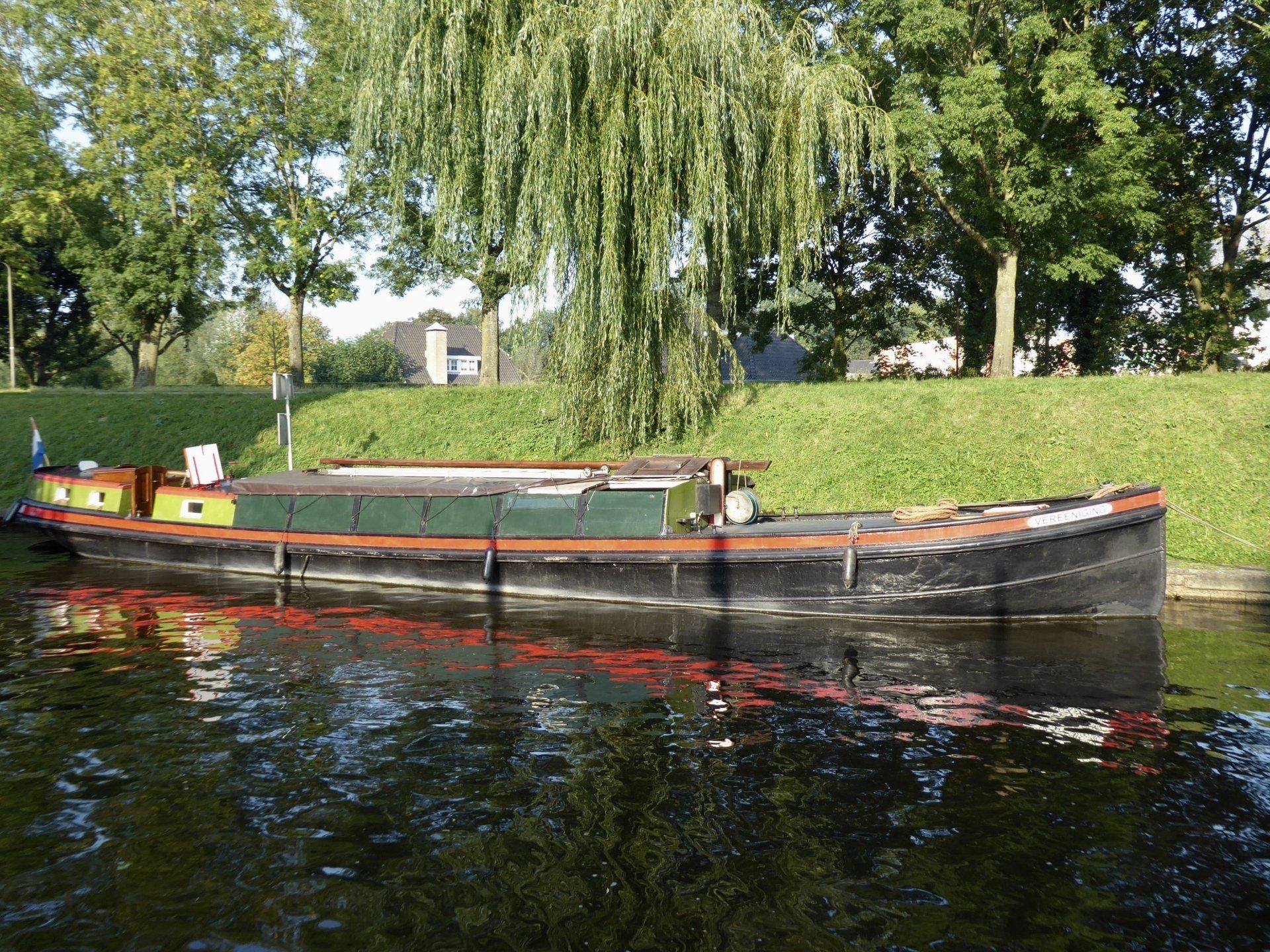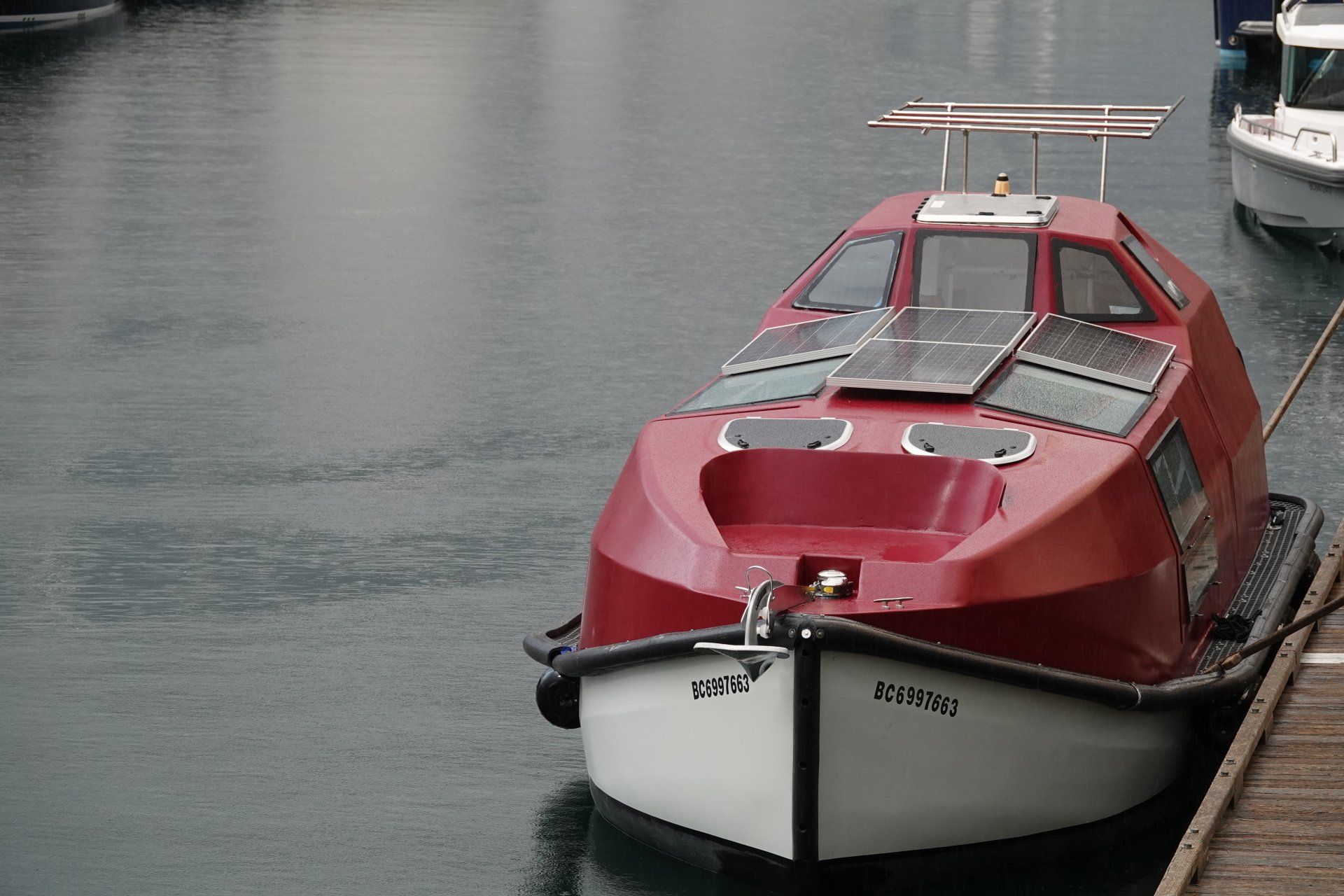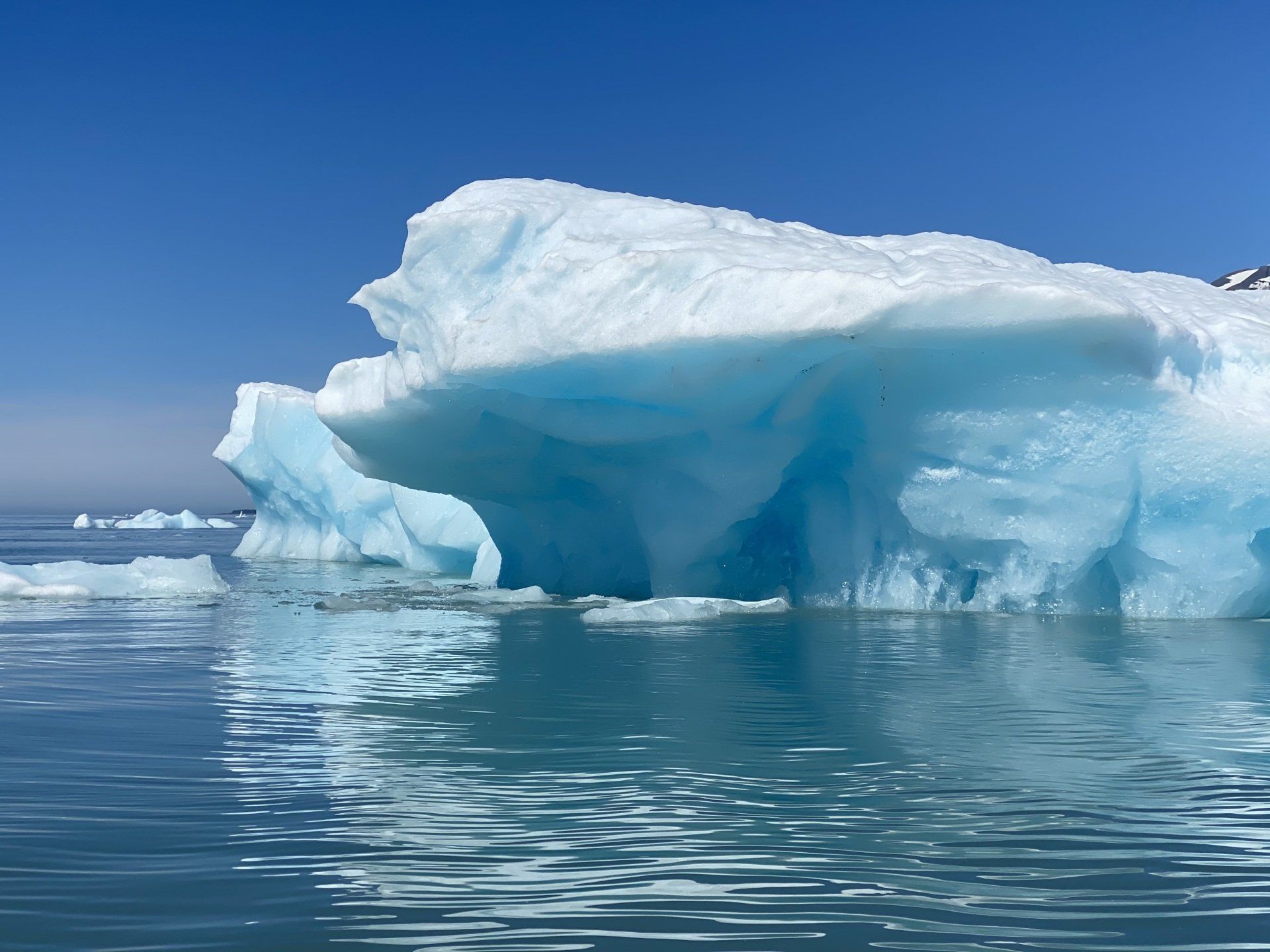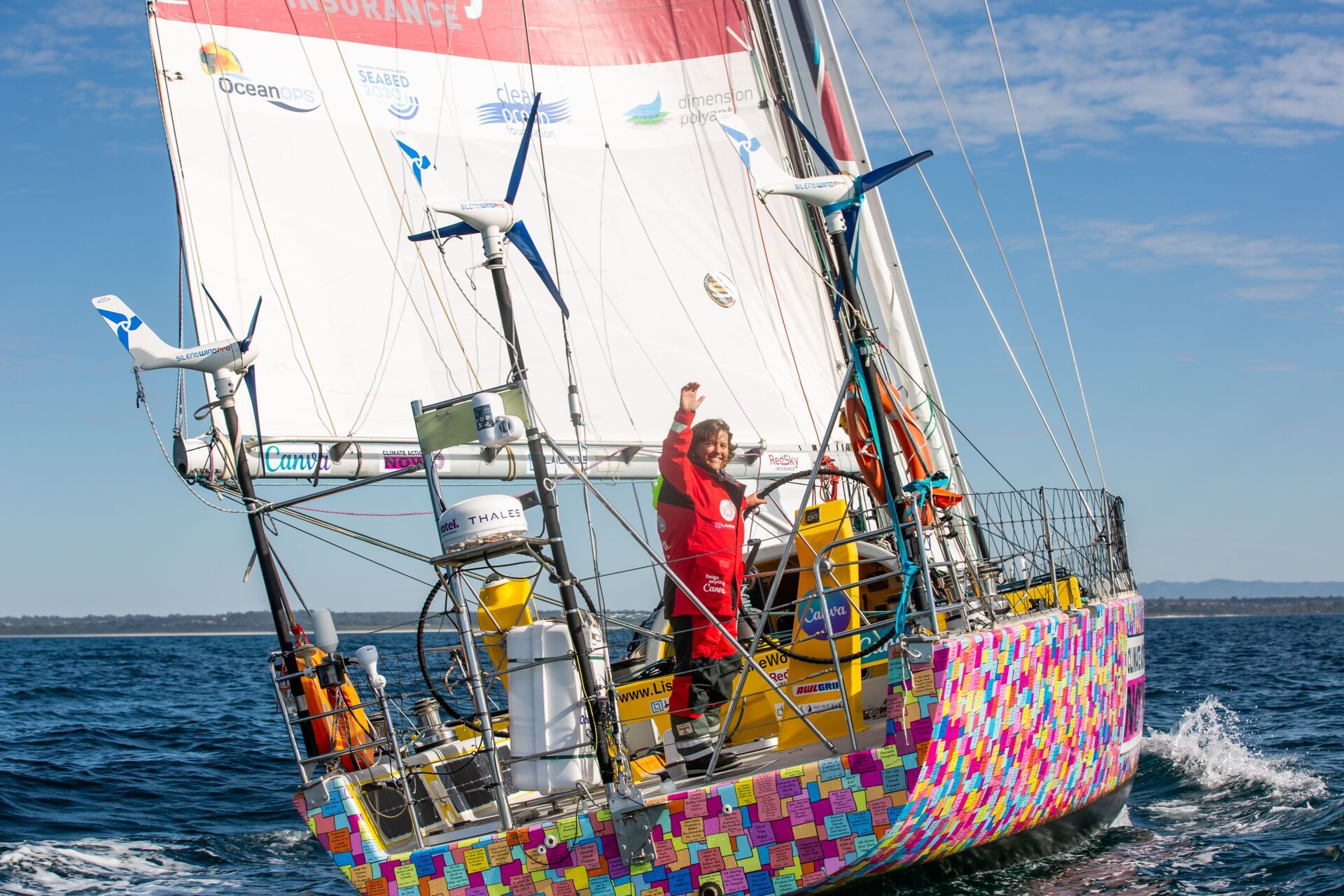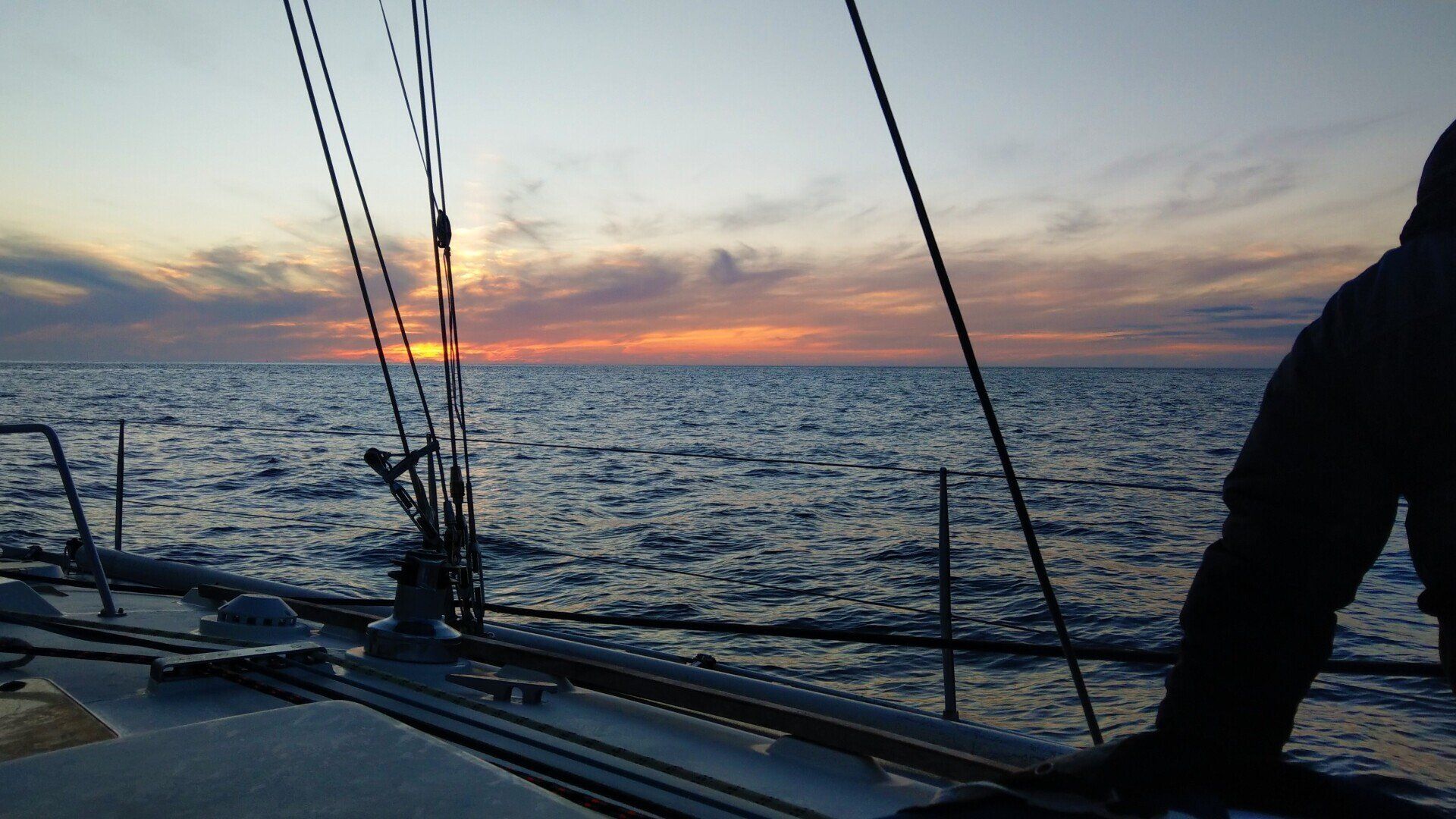Ahoy! Contact Us
Blog Layout
MUST have or SHOULD have? Essentials for a tender
Shelley Wright • Mar 21, 2021
Essentials for the a Tender
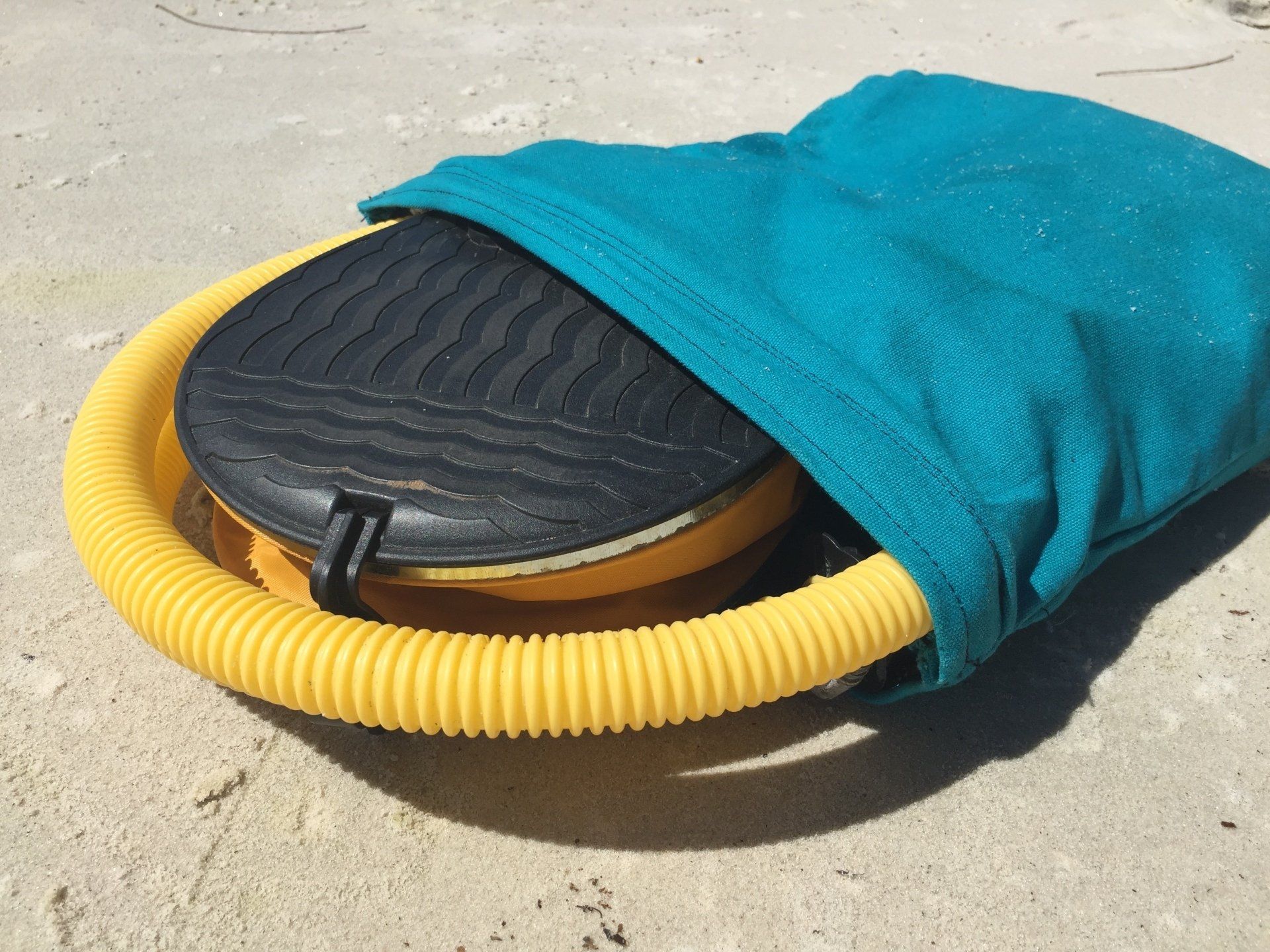
Like most cruisers, our choice of tender was a compromise between stability, size, and weight, and we’ve changed tenders a few times over the years as our needs altered. Our currently tender is a small inflatable Highfield, called Blue Nose. At 2.6 metres, Blue Nose
is perfect for the two of us, easy to carry up or down the beach at low tide, light enough to lift on to the davits or to store on deck when offshore. The trade-off is of course, limited space for carrying additional people and/or bags.
As a ‘worrier’ who likes to prepare for the worst, I’ve always insisted on carrying not only the specified safety gear for our state (what we MUST
have), which for tenders up to three metres in my home state of New South Wales includes a paddle or oars, bucket, bailer or bilge pump, and a waterproof torch at night (between sunset and sunrise)*, but also what we think we SHOULD
have. Given my tendency to expect the worst, this includes the foot pump to inflate the dinghy, a small repair kit and a dinghy anchor (the dinghy anchor has a waterproof bag which conveniently holds our bailer, dinghy chain and lock, torch, and a small first aid kit)**.
I must admit that there have been times when the dinghy has been laden with provisions or boat parts and we are only going out as far as our mooring, or when we’ve been making a short trip to shore for a walk, that I’ve been tempted to leave the pump and anchor bag behind. Fortunately, with 35 years boating experience and emergency management under his belt, my significant other not only humours my worrier tendencies but takes safety on the water as a matter of course – therefore the pump and anchor bag go with us on every trip. A recent incident proved just how wise this is.
We were back on the mooring after a few days away on the water. The wind was picking up, as was forecast, sending a short sharp chop across the bay. Work was calling and it was time to head to shore. Scuddy showers saw us don foulie jackets before closing the wash boards and descending the transom ladder into Blue Nose, who bucked slightly in the chop. I perched in my usual place, the spot where the port side air chamber meets the bow air chamber. My eyes scanned the water ahead, ready to alert the skipper to swimmers or other boats moving between the moored vessels as we set off across the bay to the far end of the beach, close to where we’d left our car.
I’ve sat in this same position on Blue Nose
hundreds of times, but somehow it didn’t feel right. I glanced backwards but my view was hampered by the jacket hood. The chop was hitting the starboard side, sending a spray over the skipper and the occasional splash into the dinghy. I grabbed the painter for balance as I kept sliding backwards, calling back to the skipper above the splash of the chop and the drone of the small outboard, “I’m a bit off balance today – the tube feels a bit soft”.
The skipper took in my predicament and altered course – towards the closest stretch of sand. I was none the wiser as to why.
Reaching the shallows, I put my hand out to steady myself as I swung my legs over and into the water, ready guide Blue
Nose
in as I always do, only to find there was nothing supporting me. Rolling somewhat awkwardly into the water all became clear – the port side chamber was completely deflated, our little inflatable looking bedraggled and woeful with one collapsed side.
We were lucky, other than my clumsy tumble as we reached the shallows all was well, the bags were sitting securely. Had the chop been coming from our port side, things may have been different.
Retrieving the foot pump from its bag, we reinflated the air chamber and continued along the shallows to the car. On this occasion it wouldn’t have been a disaster had we not had the foot pump on board as we were heading home. The worst case would have seen us having to lug the gear along the beach, tiring and time consuming, but with no need to get back to our 'big boat'. If we had been on anchor and visiting a shore for a walk or to get provisions however, things would have been much more complicated, potentially leaving us stranded.
Given how reliant cruisers are on our tenders, it pays to not only be aware of what you MUST (legally) carry on board but also consider what extras you SHOULD carry.
Why did our air chamber deflate? All I’m saying is that it was not a fault with the tender…!
* In NSW a tender must carry the same equipment as powerboats and sailing boats if it goes: more than 200m from the shore on enclosed waters, anywhere on open waters. A tender over 3m long must carry the same safety equipment as powerboats and sailing boats.
** I always carry a separate dry bag with my phone, sunscreen, water etc - items I wouldn't leave in the dinghy once ashore.
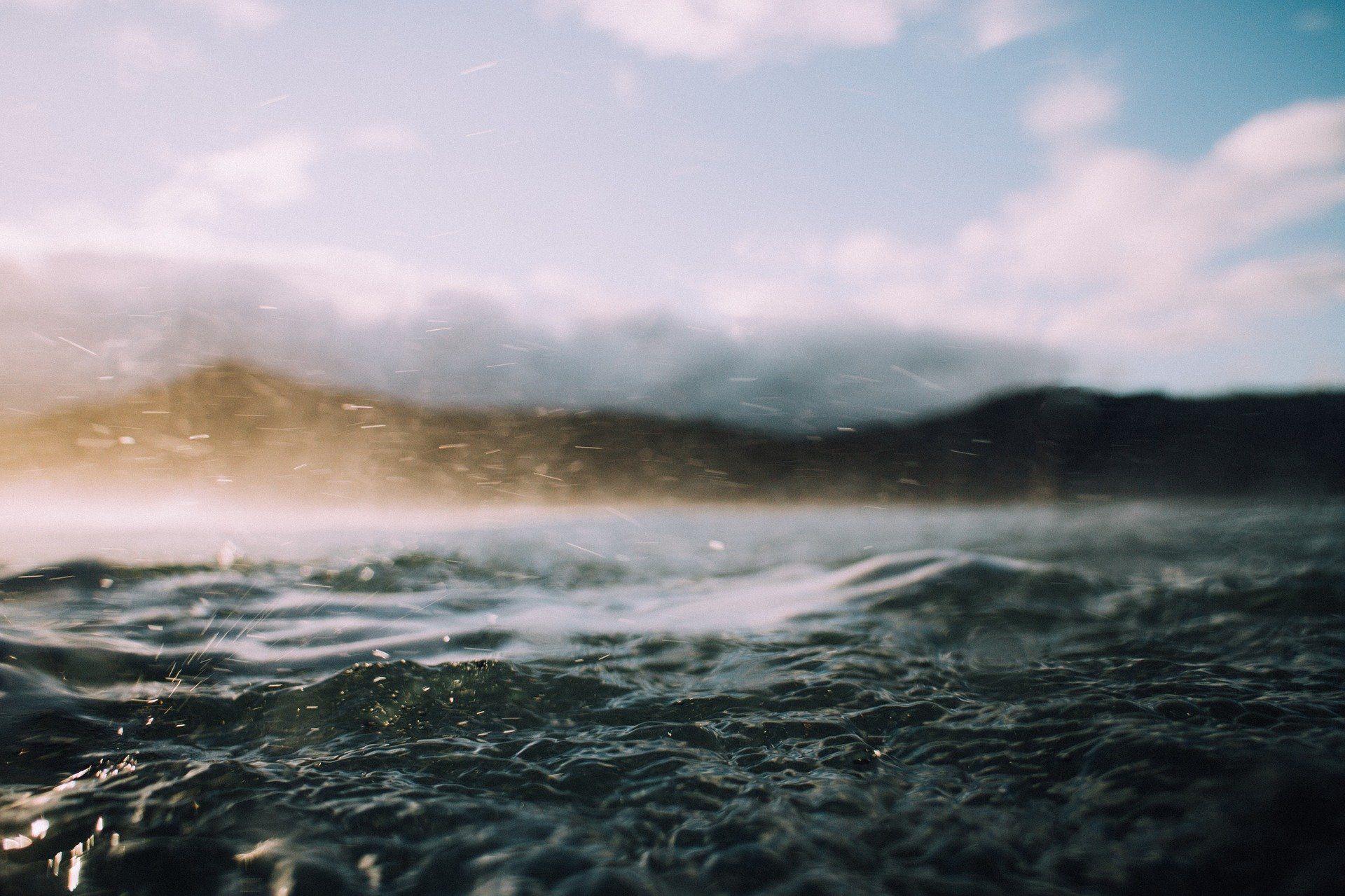
By Shelley Wright
•
22 Sep, 2022
I’m captivated by stories of women crossing oceans, especially those who undertook voyages decades before all the wonderful technology we have at our fingertips today. How many of us would head off without that technology I wonder? Even with all our modern gadgets, crossing an ocean solo is a daunting thought. The following are some of the books on my shelf written by trail blazing, solo sailing women from the 1970s and onwards...
Contact
editor@sistershipmagazine.com
Sign up for regular news from the Editor's desk, event notifications and lots more.
Thank you for subscribing to the Sistership News
Oops, there was an error sending your message.
Please try again later
Please try again later
All Rights Reserved | Sistership Magazine
Website proudly created by Saltwater Digital
© 2024


